Thanks to Google Earth, heading off the map is not as easy as it used to be. However that hasn't stopped us from seeking out exciting trekking trails in remote locations that will steer you well away from the crowds so that you can find your own pocket of solitude in nature.
If you're the type of traveller that prefers to explore the unexplored then here are 10 trails you’ve probably never heard of that should be on your adventure list.
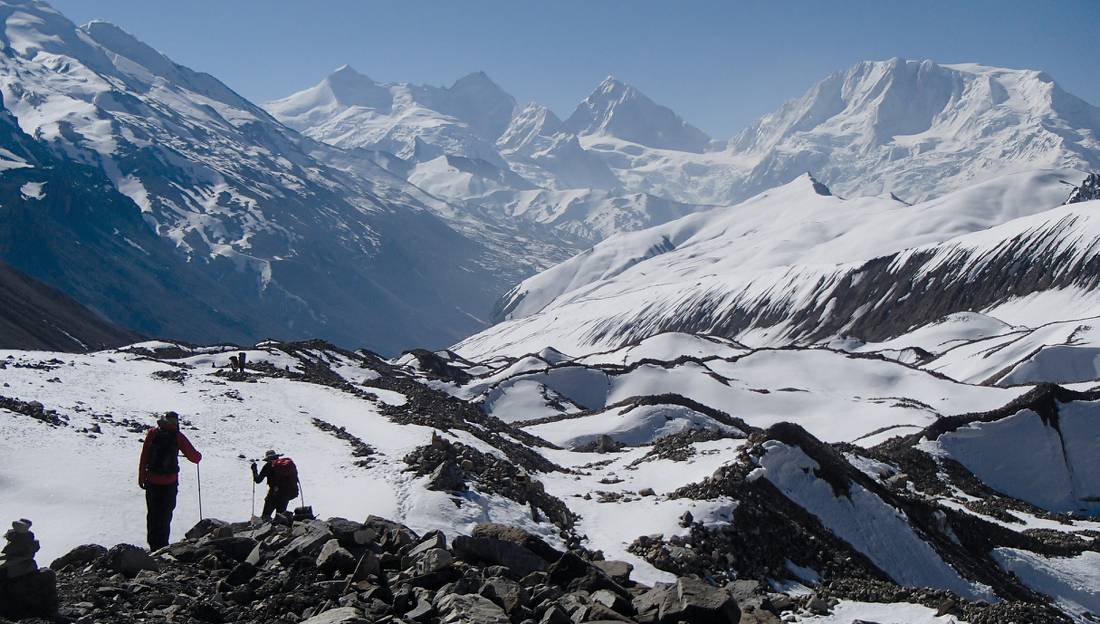
What makes it special? Seldom visited by tourists, the Damodar Himal is one of the last frontiers close to the Tibetan border. From the upper Mustang region to the Annapurnas, you’ll leave behind “classic” Mustang and enter vast and wild valley, following a route used by pilgrims that afford spectacular views of Dhaulagiri.
From desert trails to glacial terrain, enjoy varied scenery as you cross numerous high passes and follow ridgelines for awe-inspiring vistas of the Tibetan Plateau.
Pass through villages written with Tibetan culture and reach the highest point of the trek, the physically demanding and snow-covered trail to Saribung Pass (6042m).
Ideal for: The seasoned trekker who is looking to experience a more challenging traverse through the rugged Himalayan. Also suitable for adventures wanting to step into the realm of mountaineering.
When to go: August to September, April to May.
What makes it special? It’s the world’s most southernly hike, camping in true wilderness style and trekking over varied terrain. The 42-kilometre remote circuit, completed by a few trekkers, is found in Navarino Island on the far end of South America.
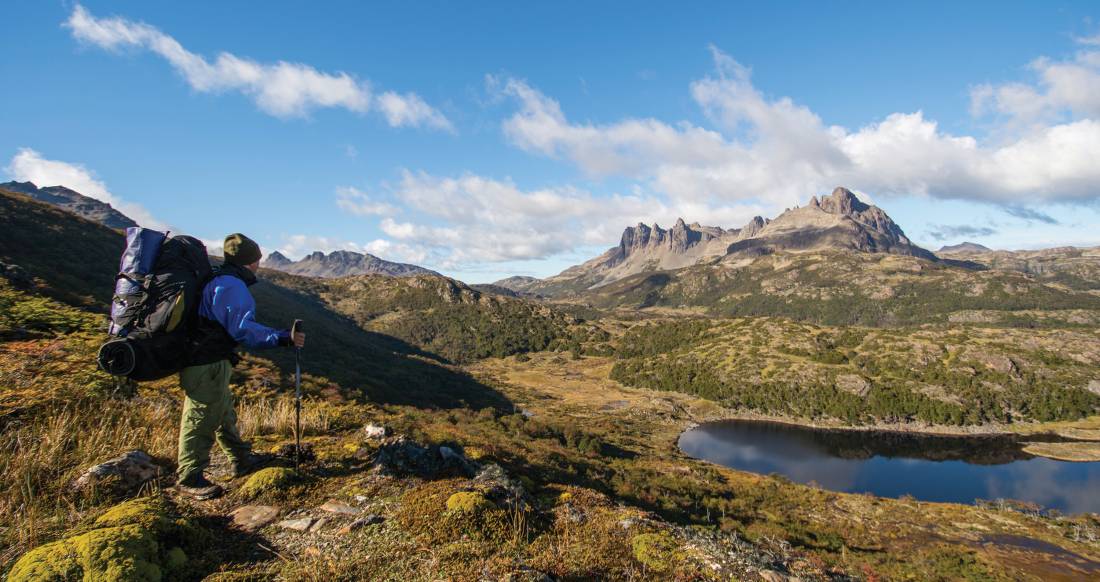
Passing alpine lakes, glaciers and jagged rock pinnacles, each day will be demanding, but the scenically arresting landscapes you cross makes each step worth it.
Take in stunning views of jagged mountain peaks, the Beagle Channel, the town of Puerto Williams in Chile and Ushuaia in Argentina, Nassau Bay, the Wollaston archipelago and the mythical archipelago of Cape Horn.
Ideal for: Trekkers wanting to get off the beaten track in Patagonia. But come prepared with an open mind; it’s a challenging adventure where you’ll be required to carry a full pack of 15 kilograms. Expect rocky and steep trails with chances of scree, snow or ice cover, as well as exhilarating river crossings.
When to go: November to March
What makes it special? It’s one of the best long-distance trails in the enchanting hinterlands of UNESCO-designated Charlevoix Biosphere Reserve in Quebec. How long exactly? 105 kilometres (60 miles) from start to finish over seven days. It’s rugged, verdant, it’s teeming with wildlife.
Keep an eye out for the rare caribou North American reindeer and beavers by the dam and follow side trails to awesome viewpoints.
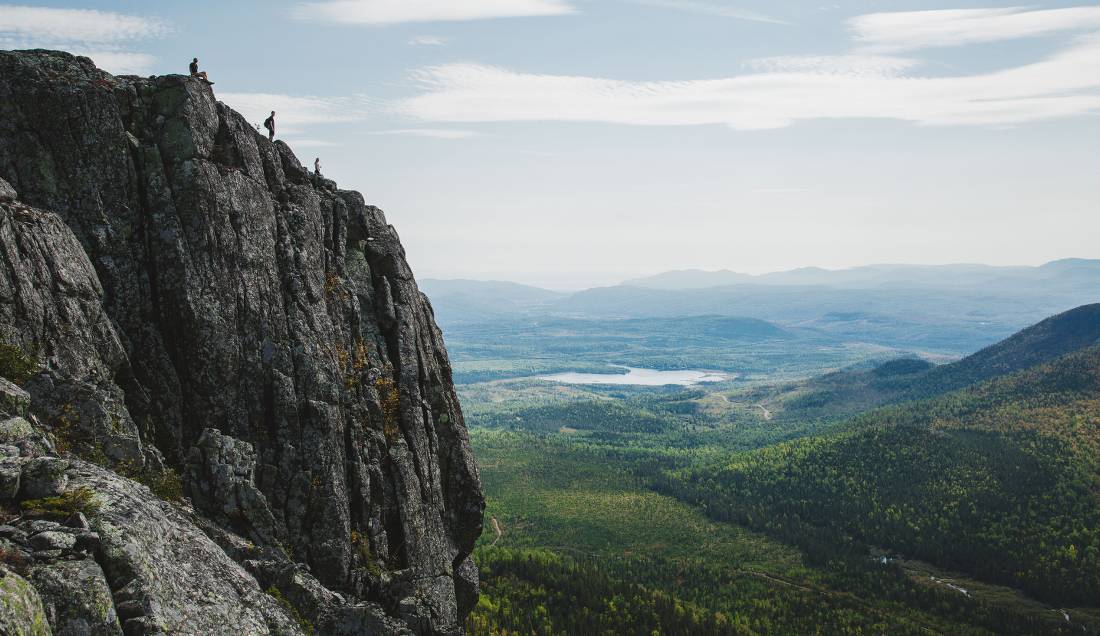
The trail will lead you to over-the-edge views of an impact crater created by a meteorite some 360 million years ago, and the lookouts you’ll hike to will offer the perfect photos that take in surrounding mountains and panoramic valleys.
Ideal for: Outdoor enthusiast who love travelling through forest scenery and vast lakes views. If you prefer hiking at their own pace, this self-guided trek means you can enjoy the flexibility and sense of accomplishment without compromising on the security and organisation of a guided tour.
When to go: June to October
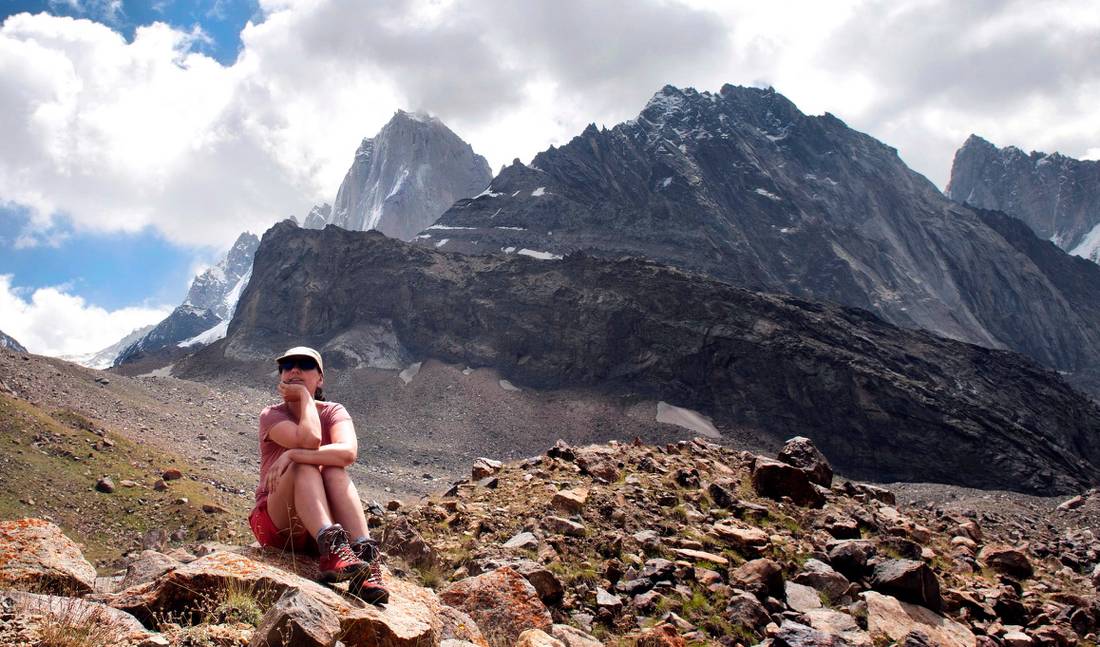
What makes it special? You’ll be among the first to trek on this newly opened mountain trail, which can be likened to an 'Asian Patagonia'.
Picture: deep canyons, stunning gorges, glacier fed streams and lakes, alpine meadows, grazing yaks, lush fir tree forests, sheer granite towers and rugged peaks crowned with snow.
The path takes you into the remote mountain ranges of Turkestan where nature thrives. The key word here is remote, with a true sense of wilderness, camping in our scenically located semi-permanent campsites. There’s even a tented sauna at one of our camps, perfect to relax in after a day’s walk!
Ideal for: Those who enjoyed Patagonia or love wilderness camping. It’s one of our toughest Central Asia treks, so you best be prepared for occasional rough terrain and several ascents and descents of 500 metres or more.
When to go: July to September
What makes it special? Appreciate the scale and grandeur of the commanding Indus Valley, ancient monasteries, snow-capped peaks, beautiful azure lakes and the solitude this region has to offer.
Gain impressive views of the host of 6000 metres peaks from Parang La (5590m) while panoramic views extend to distant ridges that form the borderlands of Tibet.
It’s wild and off the beaten path trekking, which follows the traditional trade route between the people of Spiti, Changthang and Tibet through high arid plains and remote villages. You’ll also encounter local Champa nomads.
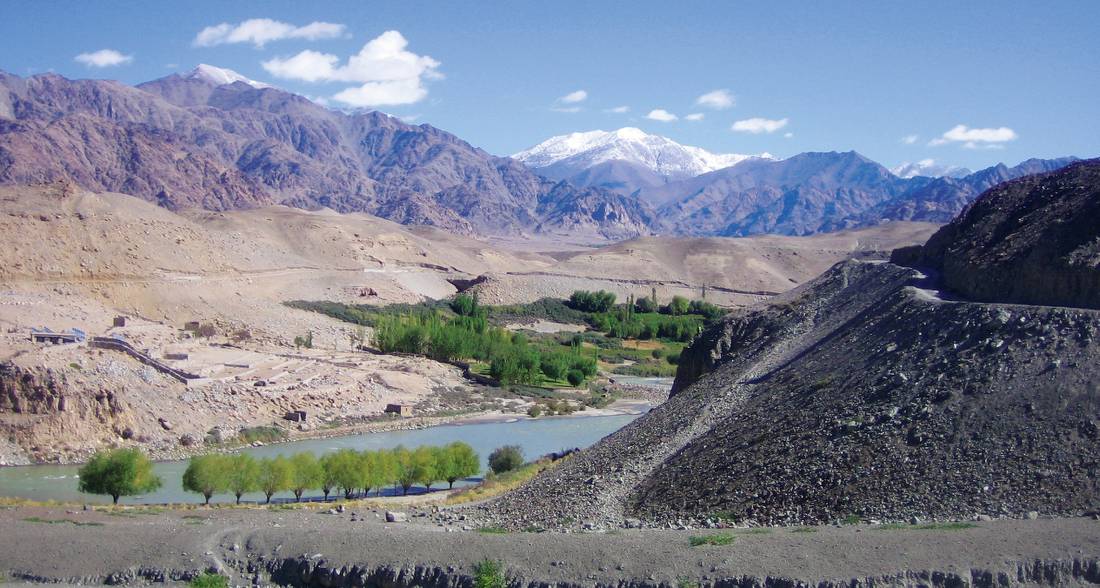
Ideal for: Trekkers wanting to explore a different side of the Himalayas – the lesser visited regions of India.
When to go: July to August
What makes it special? You’ll want to pull out your camera for this hike with breathtaking views of the Southern Alps as you climb along a ridgeline which separates the Shotover River and Moonlight River valleys.
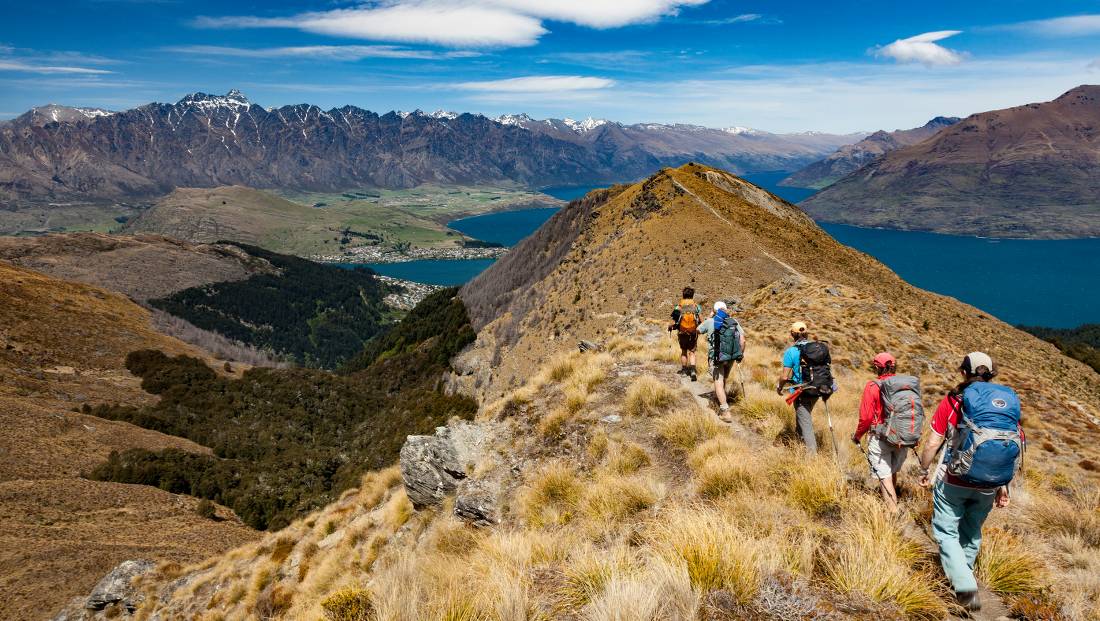
Tucked behind Queenstown, step into some of New Zealand’s best and least-known country scenery that ventures far from the crowds.
Deep into beech forests, traverse deep valleys, golden tussock slopes and explore mountain streams and waterfalls. Discover the remnants of the gold mining times whilst walking along the historical water races and Moonlight Creek where a cooling swim and scenic picnic is possible.
A highlight is the overnight stay in a beautifully appointed lodge in the Moonlight Valley, positioned to take in sweeping alp views.
Ideal for: Active people who love the back country and want to spend quality time in nature.
When to go: November to March
What makes it special? It’s Africa’s best kept trekking secret located on the border between Uganda and the Democratic Republic of the Congo. The Rwenzori Mountains or ‘Mountains of the Moon’ is isolated, rarely visited and showcases the country’s beautiful and diverse climactic zones – from remote alpine valleys, montane rainforests (lots of monkeys!), moorland with giant lobelias and even glacial landscapes. (You probably wouldn’t have guessed it, but this national park contains much of Africa’s permanent ice.)

Up the Stanley range and going higher than any other guided group, challenge yourself on an exhilarating climb to Africa’s third highest peak, Margherita (5109m) for rewarding vistas of the huge Rwenzori mountainous expanse and across to the Democratic Republic of the Congo.
Ideal for: Trekkers looking for their next big adventure in a biodiversity hotspot. If you’ve climbed Kilimanjaro, this incredible trek should be on your list for impressive scenery at every turn.
When to go: August to September, December to February, June to July.
What makes it special? Be among the first to walk this new trail that will connect more than 20 national parks and endless UNESCO listed sites. Delight in the scenic panoramas of mountains, alpine meadows, rivers and glaciers that await you in historic Georgia.
The Georgian Transcaucasian Trail could very well be the new Silk Road, travelling through some of the world’s oldest cities against a jaw-dropping mountainous backdrop. At times, it will feel like time has stood still.
While the full route is still being developed, you can now walk sections of the trail with us in Georgia through the stunningly rugged and remote Svaneti region.
Ideal for: Walkers who enjoy a charming blend of natural beauty, historical sites, thousand-year-old churches and countryside scenery.
When to go: May to September
What makes it special? Escape the Sapa and Mai Chau crowds and explore Vietnam’s “final frontier” in an untouched region in the far north bordering China. Between the Tay Con Linh and the Song Chay mountain ranges, hike through quiet farming villages and wild, rustic landscapes of granite mountains, pine forests, lush valleys and beautiful rice terraces.
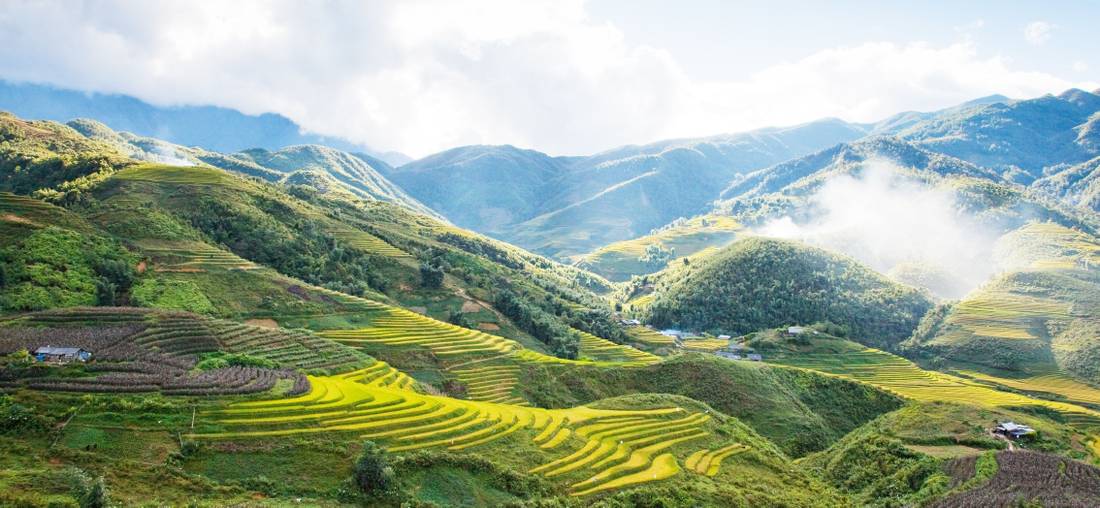
The highlight? The local’s warm and embracing nature. You’ll experience rural hospitality at memorable homestays along the way – they’re simple, but provide an authentic cultural experience.
Ideal for: Those who want to get off the beaten track with barely any tourists in sight. Great for bushwalkers and day hikers looking to explore natural and social environments.
When to go: October to April
What makes it special? It’s Australia’s Top End hidden gem with only a handful of other visitors in sight.
Bushwalk between pristine waterfalls and swimming holes along the edge of the Arnhem Land escarpment. You’ll also gain a deeper understanding of the local Indigenous culture with visits to ancient rock art sites.
When the sun sets, the evening sky will provide a remarkable display of speckled stars as you camp in true wilderness.
Ideal for: For walkers who love the tropics, outdoor picnics and an impromptu swim in waterholes – don’t worry, they’re croc-free!
When to go: June to August
Browse more trekking and hiking adventures >